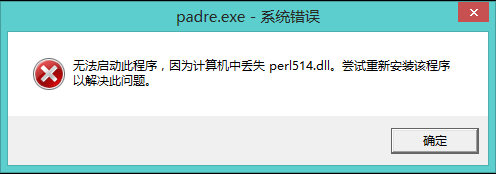[root@stationx ch2-regular]# cat perl-grep4.pl
#!/bin/perl
# perl-grep4.pl
my $pattern = shift @ARGV;
my $regex = eval { qr/$pattern/ };
die "Check your pattern! $@" if $@;
while(<>)
{
if(m/$regex/)
{
print "$_";
print "\t\t\$&: ",
substr( $_,$-[$i],$+[$i] - $-[$i] ),
"\n";
foreach my $i ( 1 .. $#- )
{
print "$#-\n";
print "\t\t\$$i: ",
substr( $_,
"\n";
}
}
}
[root@stationx ch2-regular]# perldoc -t perl| perl perl-grep4.pl "\b(\S)(\S)\1\b"
http://www.cpan.org/ the Comprehensive Perl Archive
$&: www
$1: w
$2: w
http://www.pm.org/ the Perl Mongers $&: www $1: w $2: w [root@stationx ch2-regular]# @-和@+两个数组非常的神奇,两者保存的是matched内容的offset(偏移量) 也就是说每个match内容的起始offset值放置在@-数组中,结束offset值放置在@+数组中 说白了@-和@+两个数组保存的是一系列的值。 @-数组的第一个元素是matche内容的起始offset,@+数组的第一个元素是match内容的结尾offset 随后才是$1,$2...的offset值。

 1. 如何去重 #!/usr/bin/perl use strict; my %hash; while(...
1. 如何去重 #!/usr/bin/perl use strict; my %hash; while(... 表的数据字典格式如下:如果手动写MySQL建表语句,确认麻烦,...
表的数据字典格式如下:如果手动写MySQL建表语句,确认麻烦,... 巡检类工作经常会出具日报,最近在原有日报的基础上又新增了...
巡检类工作经常会出具日报,最近在原有日报的基础上又新增了...